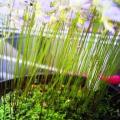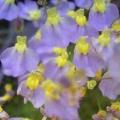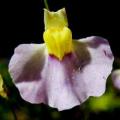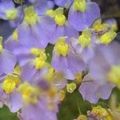Utricularia bisquamata Seeds - Indigenous Insectivorous Carnivorous Plant - Bladderwort Aquatic
Check my rate
| Main centres: | 1-3 business days |
| Regional areas: | 3-4 business days |
| Remote areas: | 3-5 business days |
Product details

Utricularia bisquamata Seeds
Bladderwort

Bladderwort is the common name given to the plants of the genus Utricularia. The largest genus of carnivorous plants, it consists of some 215 species which occur in fresh water and wet soil across every continent except Antarctica. Bladderworts are cultivated for their flowers which are often compared with those of snapdragons and orchids. All bladderworts are carnivorous, and capture small organisms by means of bladder-like traps. Terrestrial species tend to have tiny traps, and feed on minute prey such as protozoa and rotifers swimming in water-saturated soil. However, in aquatic species such as the Common Bladderwort U. vulgaris, the bladders are large (sometimes exceeding 5 mm in diameter) and can feed on more substantial prey such as water fleas (Daphnia), nematodes and even fish fry, mosquito larvae and new tadpoles. Despite their small size, the traps are extremely sophisticated. When prey animals brush against trigger hairs connected to the trapdoor, it is released and the bladder sucks in the door and the prey, along with the water surrounding it. Once the bladder is full of water, the door closes again, the whole process taking only ten to fifteen thousandths of a second. Bladderworts are unusual and highly specialised plants; they have no roots, and their simple structure makes distinguishing between leaf, shoot, and stem seem arbitrary. The bladder traps, conversely, are recognised as one of the most sophisticated structures in the plant kingdom.






